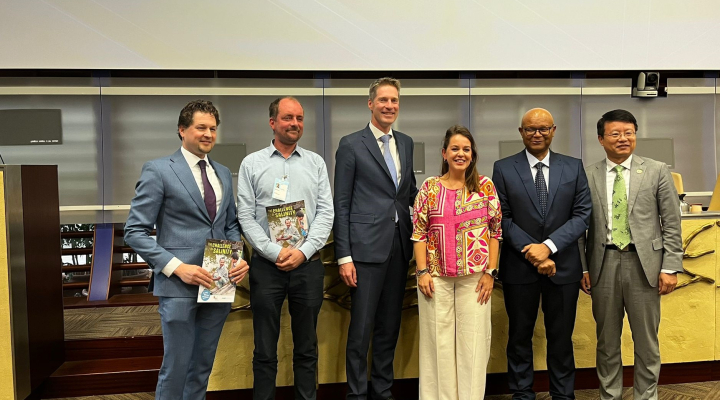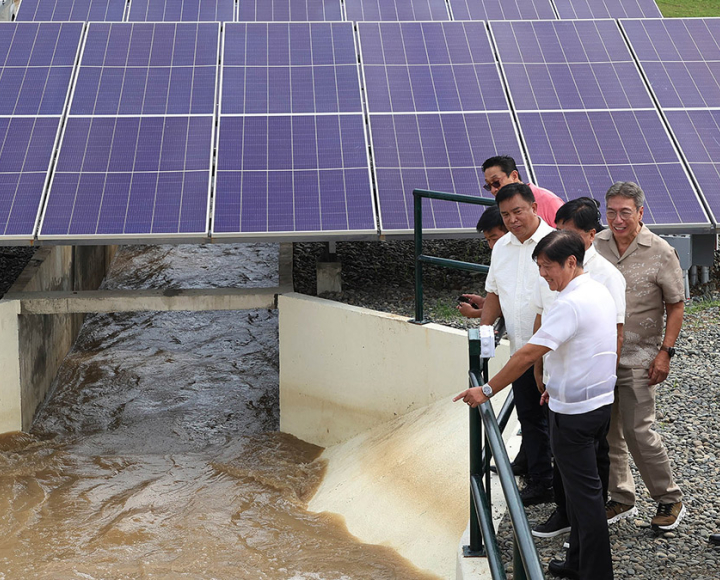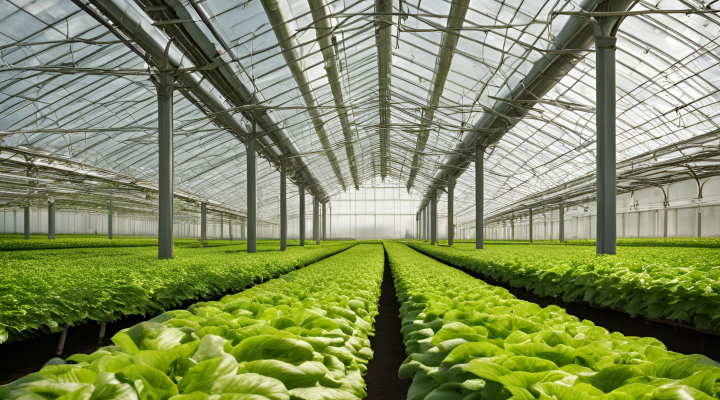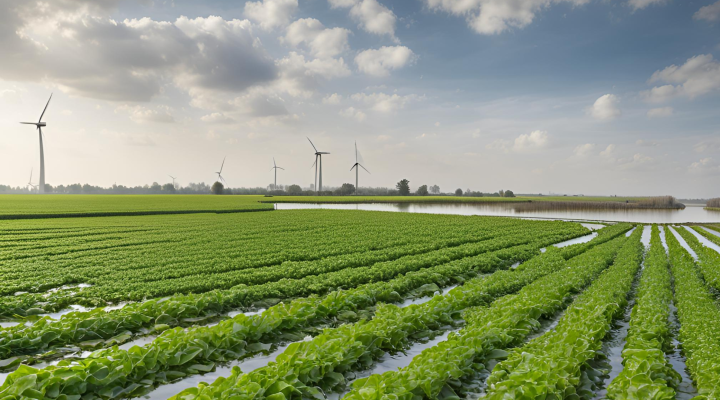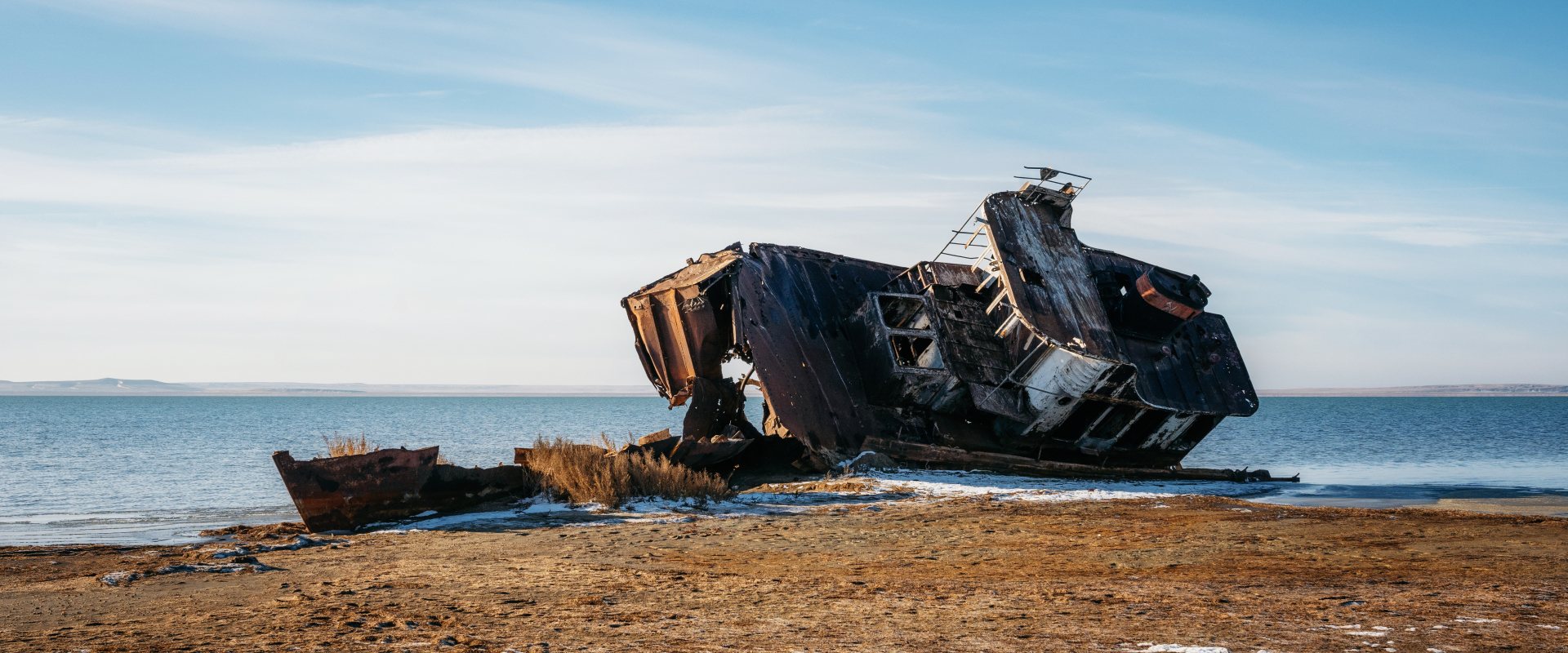
Award for profitable landscape restoration around Aral Sea
Netics and Witteveen+Bos won the Global Disruptive Tech Challenge 2021 for landscape restoration in the Aral Sea region of Central Asia. With Netics’ patented 'Geowall land cultivation technology’, the two Dutch companies won in the category Agriculture and Land Management.
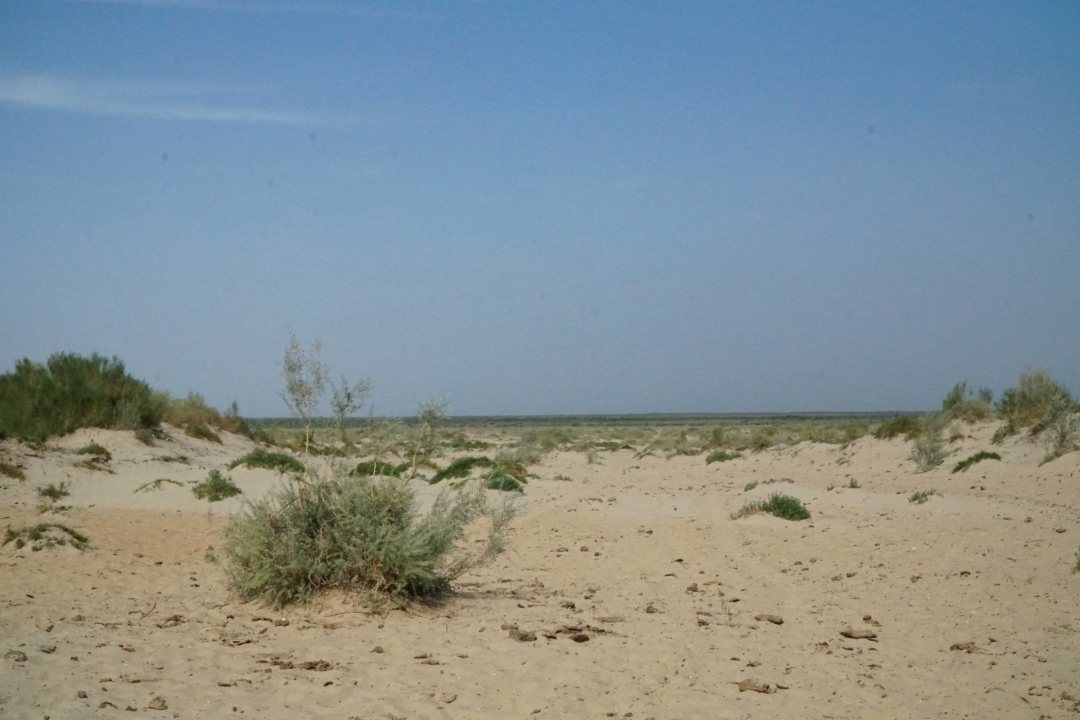

Reuse of dredging sediment
The winning entry from Netics and Witteveen+Bos envisages the use of the sediment that is dredged in that part of Aral Sea that still remains. This sediment is mixed with soil and applied in the dried up part to cultivate the landscape and stop desertification.
The Global Disruptive Tech Challenge had been organized by the World Bank to stimulate the development of new solutions to stop desertification at the scale of a landscape. The participants were challenged not only to bring in new ideas for landscape restoration, but also to present business cases to assure a lasting recovery.
A virtual competition livestream from Almaty, Kazakhstan, saw 24 presenters pitch their ideas for restoring Central Asia’s Aral Sea to a panel of 20 experts.
Dried sea bed
The shrinking Aral Sea has dried out in many places leaving long stretches of salty soil on the former seabed. Sand storms affect the surrounding area and threatens the livelihoods of 40 million people that live around the sea.
‘By bringing the Aral Sea issue into the focus of the world's creative minds, our goal was to crowdsource new solutions to combat land degradation in the Aral Sea’, said Lilia Burunciuc, World Bank Regional Director for Central Asia. ‘It is great to see how the challenge has drawn global attention to this local problem and has stimulated creative minds globally to propose innovative solutions.’
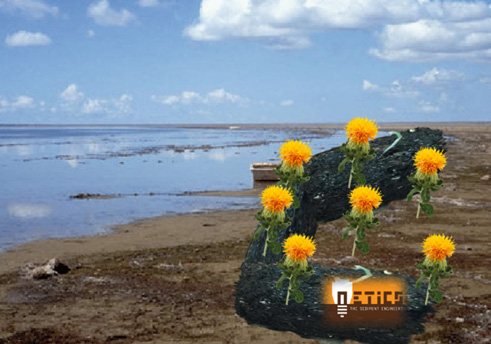

Leaching of nutrients
The entry by Netics and Witteveen+Bos builds on the Geowall concept developed to reuse sediment. Netics developed a patented stabilisation process to produce specifically designed construction blocks with certain texture, size and strength. In the Netherlands, their Geowall blocks have already been applied to reinforce levees, to build waterfronts and to construct sound barriers.
For the restoration of the Aral Sea landscape, Netics envisages a special mixture of nutrient rich sediment that can be reclaimed from maintenance and navigation dredging projects in the remaining parts of the sea. By applying a natural binder, it is possible to create a layer of fertile soil in the parts with the dried up sea bed. This fertile layer, due to the previously leached nutrients contained in the sediment, can be shaped in a way that it retains and absorbs rainwater.
Consultancy firm Witteveen+Bos added a business case with proposals to grow certain crops on this fertile soil. For this entry the crop yields were calculated for camiline that can be used to produce biodiesel.




